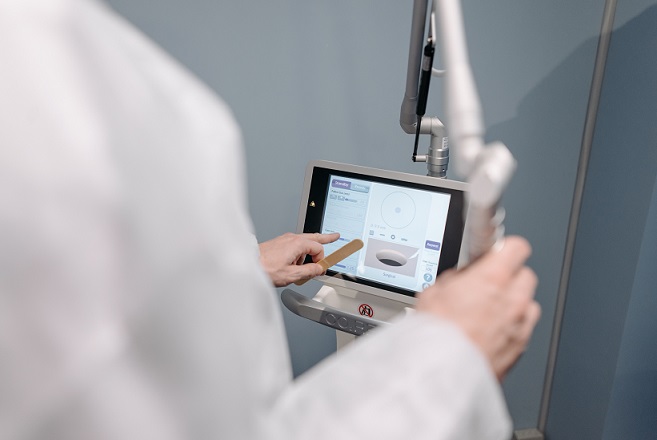Medical records are also an important form of physical evidence because they provide information regarding the extent of the plaintiff’s injuries.
A personal injury lawsuit is generally filed when someone has been injured due to the negligence of another party and/or person. One of the largest and most crucial parts of a personal injury lawsuit is being able to prove that the injury was caused by negligence in some way, shape or form. In order for the plaintiff to prove this negligence, they must provide evidence that showcases the liability caused by the defendant.
There are multiple forms of evidence to use in personal injury cases, and this article will walk through those most commonly seen.
Physical Evidence
The first form of evidence is physical evidence. Some of the most common forms of physical evidence are things such as videos and photographs of the accident or medical records. Physical evidence is extremely important, the personal injury lawyers at Haffner & Morgan LLP. advise to take as many photos and videos of the incident as possible. In some cases, business cameras or traffic cameras can provide solid evidence in a personal injury case.
Medical records are also an important form of physical evidence because they provide information regarding the extent of the plaintiff’s injuries.
Documentation
Documentation is similar to physical evidence, and it includes anything that was recorded as a result of the accident. Some examples of documentation evidence are medical bills, tickets issued, police reports, and accident reports. These forms of evidence can help tremendously in a personal injury case. A police report, for example, can help to determine all of the parties involved in the incident, as well as provide information about citations that were issued as a result.

Medical bills are very valuable pieces of evidence in a personal injury case because they help in proving the severity of the plaintiff’s injuries. Being able to see the costs that were associated with the accident can help in determining the necessary amount of compensation.
Witness and Personal Testimony
If there were any bystanders or witnesses to the incident or its aftermath, their testimony can serve as valuable evidence in personal injury cases. In describing details of the accident that may have been otherwise overlooked, witness testimonies can help in determining fault and uncovering other details.
In addition to witness testimony, personal testimony can also be used as evidence in personal injury cases. By giving a personal testimony, the plaintiff is able to present the information of the incident from their point of view, and further prove the defendant’s breach in duty of care.
Takeaways
Although these are the most commonly seen forms of evidence in personal injury cases, there are still many more forms of evidence that could be used to prove negligence.
If you ever find yourself in a situation that could be deemed as a personal injury case, be sure to take as many photos as possible and gather adequate evidence to help your case. Having enough adequate evidence allows your attorney to see the facts of the case clearly.


Join the conversation!